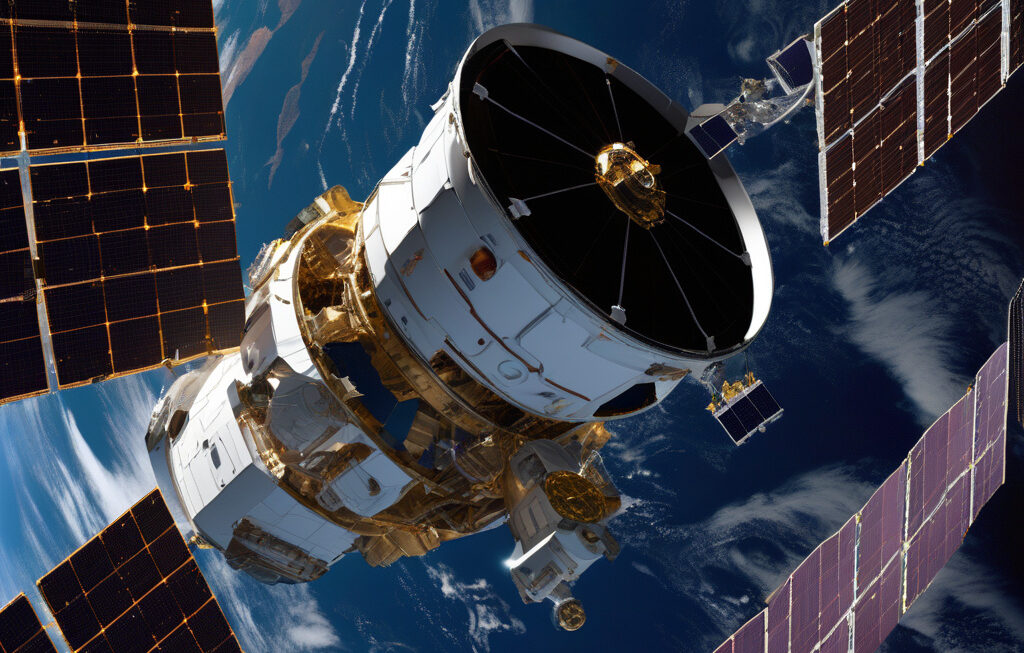Swarm Robotics and Automation: Many Small Bots, Big Impact
In the realm of automation, a new player has emerged, challenging traditional methods with its innovative approach – swarm robotics. This technology, championed by experts like Ellie Gabel, is transforming the landscape of automation by utilizing fleets of small, coordinated robots to achieve tasks that were once deemed too complex or time-consuming for conventional machinery.
Swarm robotics operates on the principle of strength in numbers. Instead of relying on a single, large robot to perform a task, multiple smaller robots work together in a synchronized manner to accomplish the same goal. This collaborative effort not only increases efficiency but also enhances flexibility and resilience in the face of unexpected challenges.
One of the key advantages of swarm robotics is its scalability. By adding more robots to the group, the overall capabilities of the system can be expanded without the need for significant redesign or reprogramming. This adaptability makes swarm robotics particularly well-suited for dynamic environments where tasks may vary in complexity or scope.
Another benefit of swarm robotics is its fault tolerance. In a swarm system, the failure of individual robots does not necessarily lead to the breakdown of the entire operation. The remaining robots can redistribute tasks amongst themselves to compensate for the loss, ensuring that the mission can still be completed successfully.
The applications of swarm robotics are diverse and far-reaching. In warehouse logistics, swarms of robots can collaborate to efficiently sort and transport goods, reducing the time and effort required for inventory management. In agriculture, these robots can work together to plant seeds, apply fertilizers, and harvest crops with precision and care.
Moreover, swarm robotics is making significant strides in the field of search and rescue operations. By deploying fleets of robots equipped with sensors and cameras, emergency responders can cover large areas in a fraction of the time it would take traditional methods. These robots can gather data, identify hazards, and even communicate with each other to coordinate rescue efforts effectively.
As with any emerging technology, there are challenges to overcome. Coordinating the actions of multiple robots in real-time requires sophisticated algorithms and robust communication systems. Additionally, ensuring the security and privacy of data transmitted between robots is crucial to prevent unauthorized access or tampering.
Despite these hurdles, the potential impact of swarm robotics on automation is undeniable. By harnessing the power of many small bots working in harmony, industries can achieve higher levels of productivity, efficiency, and safety in their operations. As this technology continues to evolve, we can expect to see even more groundbreaking applications that push the boundaries of what is possible in the world of automation.
In conclusion, swarm robotics is not just a passing trend but a transformative force that is reshaping the future of automation. With its ability to combine the strengths of individual robots into a unified, synergistic system, swarm robotics is poised to revolutionize industries across the board. The era of many small bots making a big impact has arrived, and the possibilities are endless.
#SwarmRobotics, #AutomationRevolution, #InnovativeTechnology, #EfficiencyEnhancement, #FutureOfWork.











